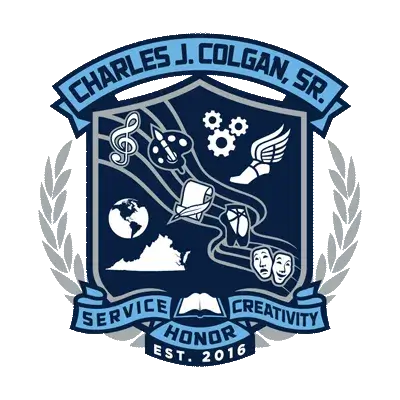Health and PE Courses
Students earning a standard or advanced diploma complete health and PE I and II.
HPE Courses for Graduation
Health and PE I
Prerequisite: None
Students will participate in classroom instruction and in individual and team activities designed to develop attitudes, knowledge, and skills necessary to maintain personal fitness for a lifetime. Fifty percent of the course focuses on classroom instruction in fitness, nutrition, mental health, First Aid CPR AED, family relationships, disease prevention and control, and substance abuse prevention.
Health and PE II with Classroom Driver's Ed
Prerequisite: HPE I
Students continue to participate in classroom instruction and in individual and team activities designed to develop attitudes, knowledge, and skills necessary to maintain personal fitness for a lifetime. Fifty percent of the course focuses on classroom instruction in family life education, health concepts, and classroom driver education. Classroom driver education consists of a minimum of 36 periods of structured learning experiences aimed at developing safe and efficient drivers. Completion of driver education through private instruction does not exempt the student from completing all course objectives.
HPE Electives
Aquatic Fitness & Lifeguard Training
Prerequisite: None
Students will demonstrate the skills and understanding necessary to earn the certification of Lifeguard. Students will also participate in a variety of aquatic activities and sports to include swimming for fitness, kayaking, glide fit board workouts, water aerobics, aqua jogging, and water polo. The lifeguard certification will provide job readiness and skills for students to enter the work force. The aquatic activities and sports will promote fitness opportunities for students and encourage lifetime wellness.
Weight Training
Prerequisite: Health and PE I and II
This Advanced Physical Education section places emphasis on weight training and conditioning. The student will understand how and why weight training and conditioning benefits the student’s ability to perform athletically. The student will learn to assess one’s own fitness needs and how to attain and maintain personal fitness for a lifetime. Additional emphasis is placed on the five health-related components of fitness including cardiovascular fitness, muscular strength and endurance, flexibility, and body fat control. Individual student fitness levels will be assessed and the students will formulate personal goals and develop individual fitness programs. Instruction includes emphasis on health risk factors related to lifestyles and how nutrition affects wellness. This course may be taken more than once for credit.
